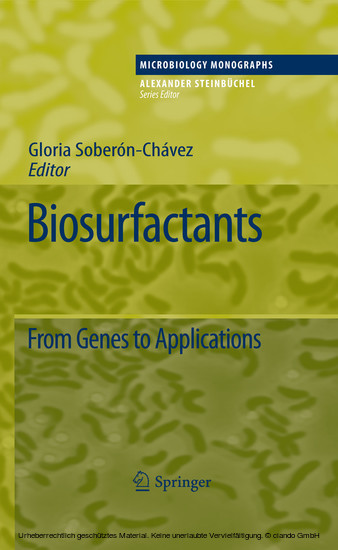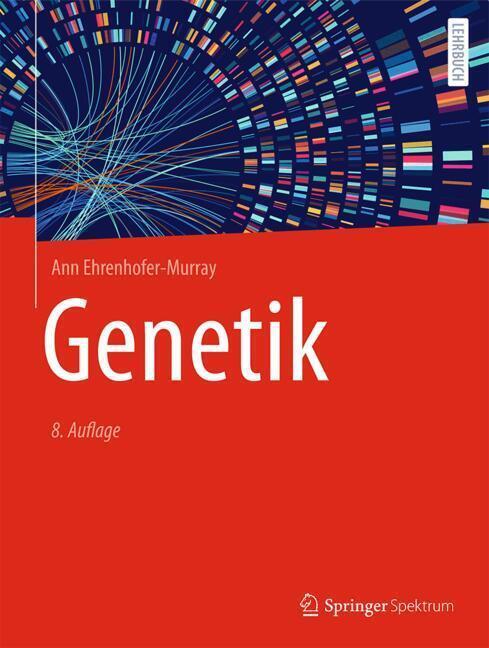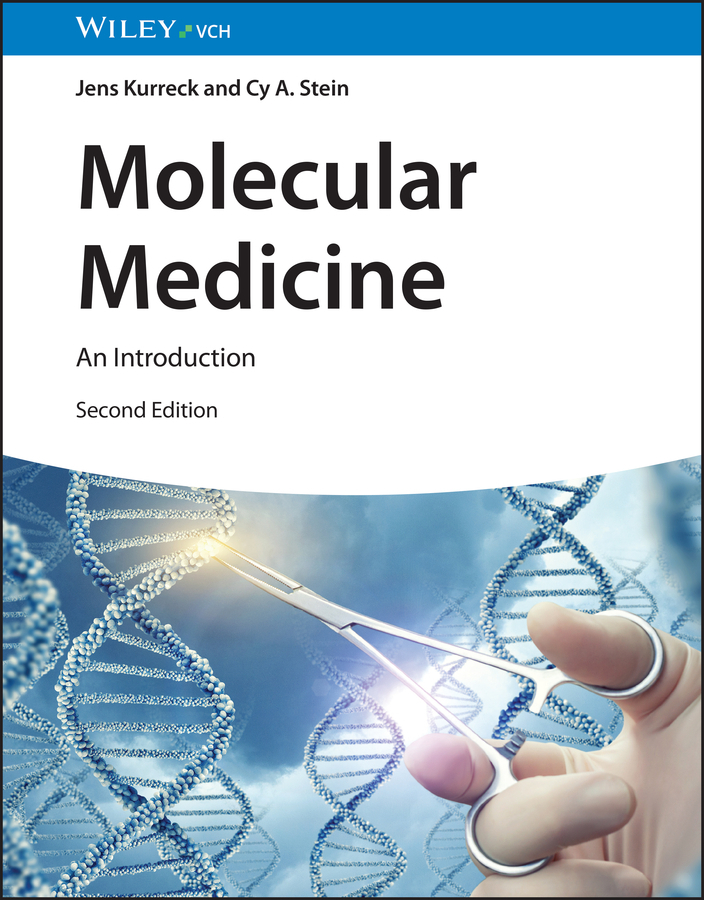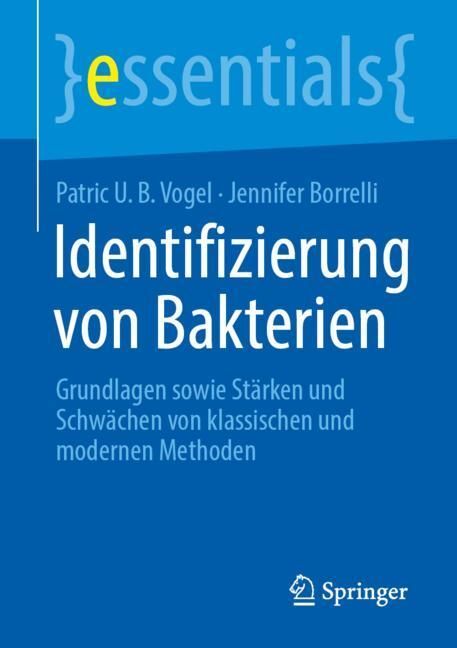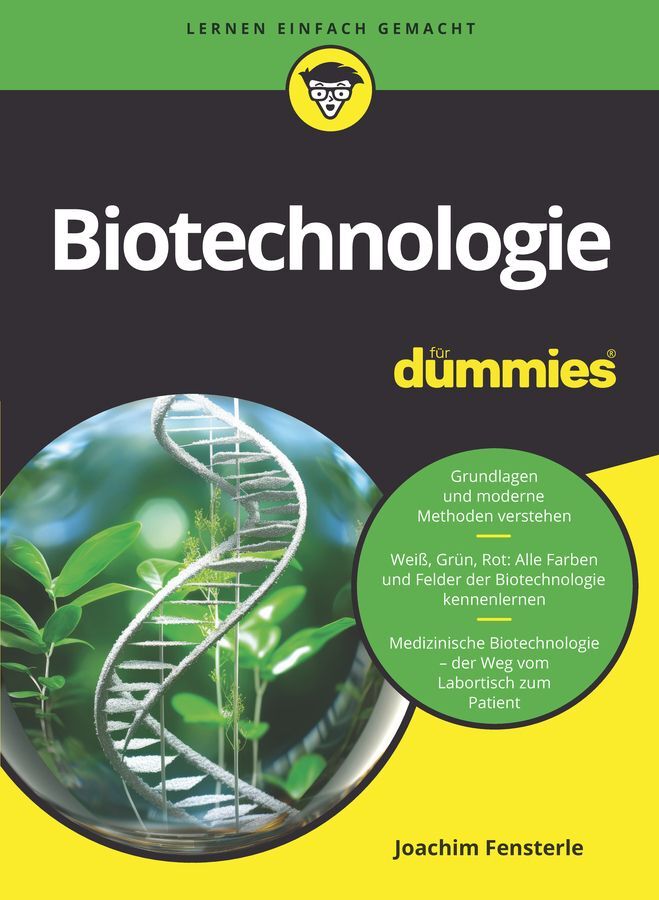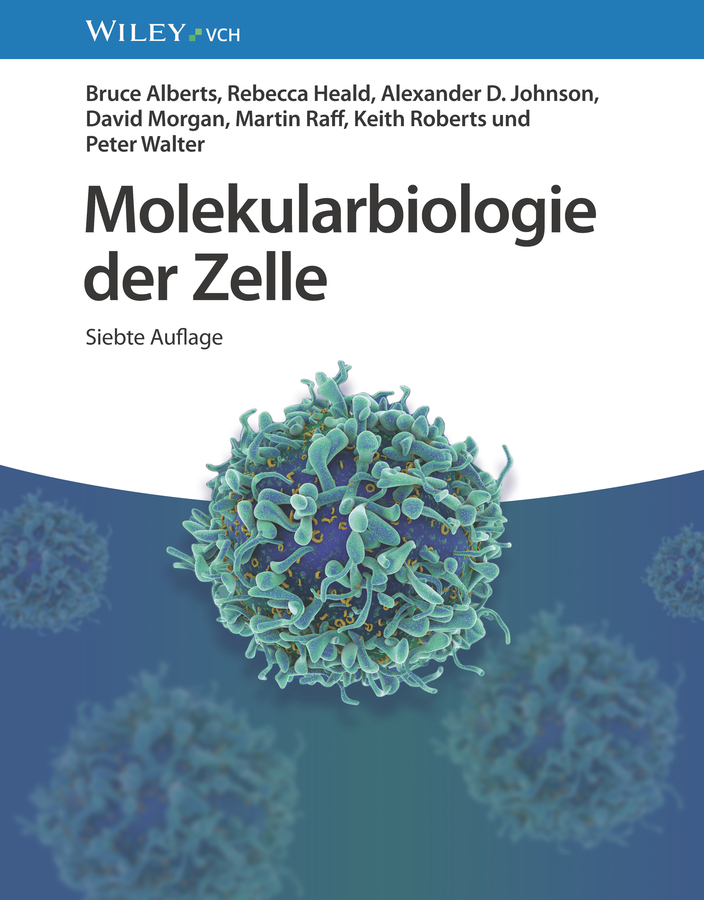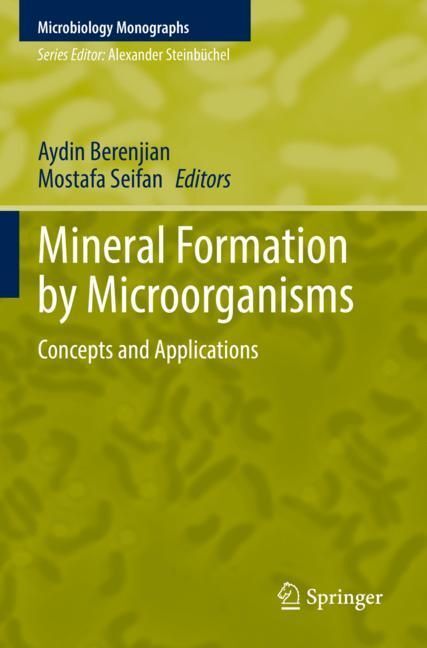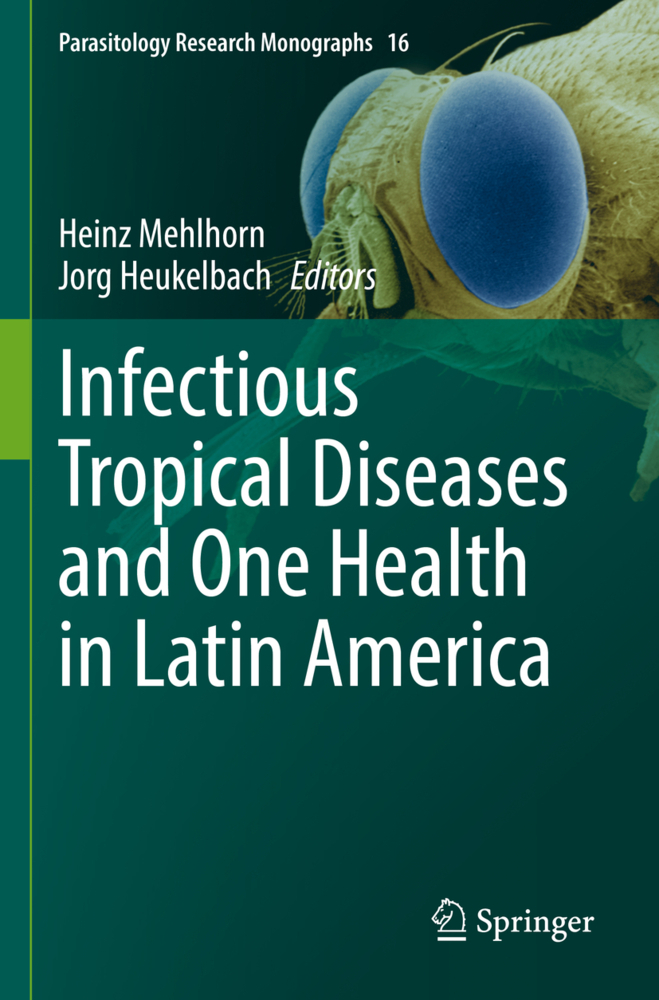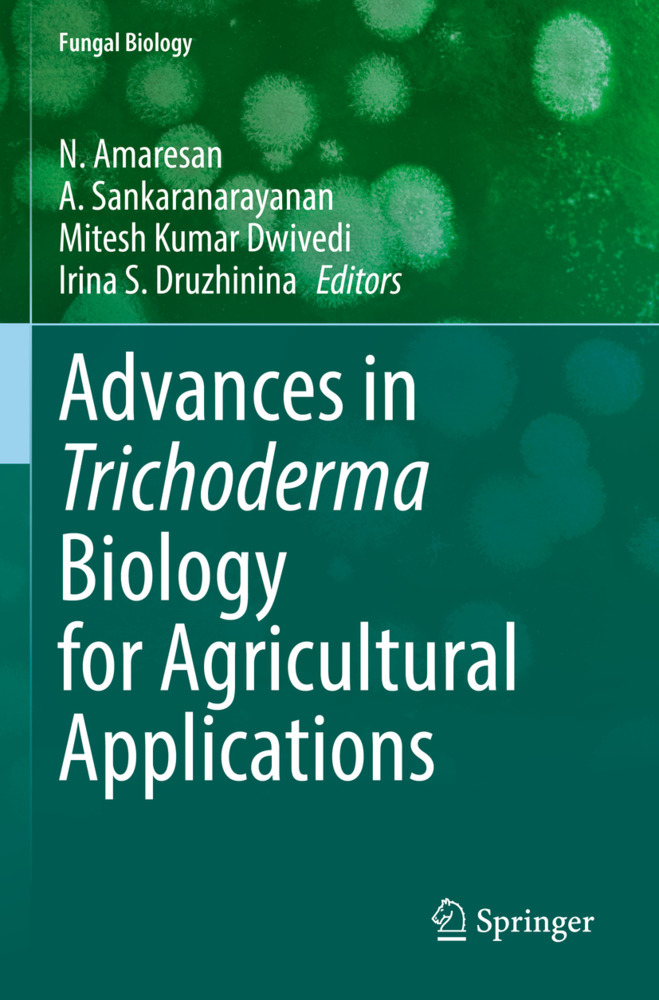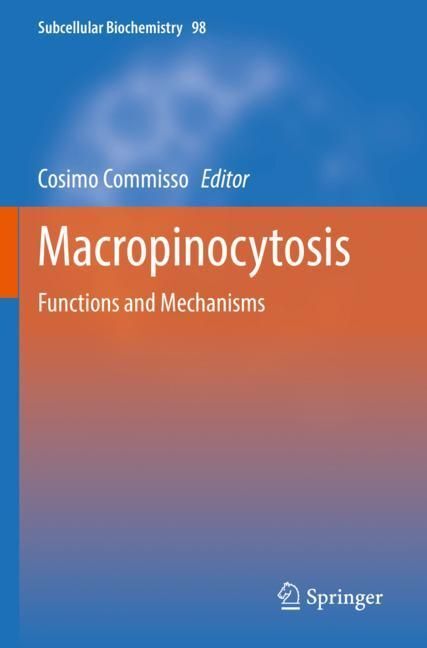Biosurfactants, tensio-active compounds produced by living cells, are now gaining an increasing interest due to their potential applications in many different industrial areas, where so far almost exclusively synthetic surfactant have been used. There unique structures and characteristics are just starting to be appreciated. In addition, biosurfactans are considered to be environmentally friendly , relatively non-toxic and biodegradable.
1;Preface;6 2;Contents;8 3;Biosurfactants: A General Overview;10 3.1;1 Introduction;11 3.2;2 Physicochemical Properties, Formation of Micelles, and Other Aggregates;11 3.3;3 Biosurfactant Production in the Environment;15 3.4;4 Conclusions;16 3.5;References;17 4;Rhamnolipids: Detection, Analysis, Biosynthesis, Genetic Regulation, and Bioengineering of Production;21 4.1;1 Introduction and Overview;22 4.2;2 Rhamnolipid Structure, Detection, and Analysis;24 4.2.1;2.1 Structure;24 4.2.2;2.2 Methods of Detection and Analysis;25 4.2.2.1;2.2.1 Qualitative Methods;25 4.2.2.2;2.2.2 Quantitative Methods;26 4.3;3 Biosynthesis and Genetic Regulation;29 4.3.1;3.1 Biosynthesis of Rhamnolipids;30 4.3.1.1;3.1.1 Biosynthesis of the Lipid Moiety of Rhamnolipids;30 4.3.1.2;3.1.2 Biosynthesis of Rhamnolipids-Rhamnose Moiety;35 4.3.1.3;3.1.3 Three Last Enzymatic Reactions in Rhamnolipids Biosynthesis;36 4.3.2;3.2 Regulation of Rhamnolipid Biosynthesis;37 4.3.2.1;3.2.1 Genetic Regulation of Rhamnosyltransferases;38 4.3.2.2;3.2.2 Genetic Regulation of Biosynthesis of Sugar Moiety;40 4.3.2.3;3.2.3 Regulation of Rhamnolipid Production by Environmental Factors - Links Between Quorum Sensing and the Environment;41 4.4;4 Bioengineering of Rhamnolipid Production;42 4.4.1;4.1 Production by P. aeruginosa;42 4.4.1.1;4.1.1 Fermentation Strategies;42 4.4.1.2;4.1.2 Foaming Problems Encountered During Fermentative Production;45 4.4.1.3;4.1.3 Nutritional Factors Affecting Rhamnolipid Production;46 4.4.1.4;4.1.4 Recovery of Rhamnolipids;48 4.4.2;4.2 Alternatives to P. aeruginosa for Rhamnolipid Production;49 4.4.2.1;4.2.1 Heterologous Production of Rhamnolipids;49 4.4.2.2;4.2.2 Non-P. aeruginosa Rhamnolipid Producers;50 4.5;5 Conclusion: Prospectives for the Industrial Production of Rhamnolipids;51 4.6;References;51 5;Surfactin and Other Lipopeptides from Bacillus spp.;64 5.1;1 Introduction: History of Lipopeptide Discovery in Bacillus spp.;65 5.1.1;1.1 Surfactins from Asia;65 5.1.2;1.2 Iturins from Africa;66 5.1.3;1.3 Concomitant Discovery of Fengycin and Plipastatin;67 5.1.4;1.4 Kurstakins, a New Family of Lipopeptides from Bacillus spp.;67 5.1.5;1.5 Conclusion;67 5.2;2 A High Diversity of Structures;67 5.2.1;2.1 Surfactin and Related Compounds;68 5.2.2;2.2 The Family of Iturins;70 5.2.3;2.3 Fengycin or Plipastatin, Who´s Who?;71 5.2.4;2.4 Other Lipopeptide Compounds, the Kurstakins;71 5.2.5;2.5 Conclusion;72 5.3;3 Catalytic Assembly Lines for the Biosynthesis of Lipopeptides: From the Genes to the Biomolecules;72 5.3.1;3.1 Modular Enzymes: A Complex Catalytic Machinery Dedicated to the Biosynthesis of Secondary Metabolites;72 5.3.1.1;3.1.1 Discovery of the Non-ribosomal Peptide Synthesis;72 5.3.1.2;3.1.2 The Main Catalytic Domains;74 5.3.1.3;3.1.3 Secondary Catalytic Domains;74 5.3.1.4;3.1.4 Protein-Protein Interactions;75 5.3.2;3.2 Non-ribosomal Peptide Synthesis of Surfactin and Lichenysin;75 5.3.2.1;3.2.1 The Surfactin Operon;75 5.3.2.2;3.2.2 The Lichenysin Operon;76 5.3.2.3;3.2.3 Structure of an Entire Termination Module;76 5.3.3;3.3 The Hybrid PKS/NRPS Complex Involved in Iturin Biosynthesis;77 5.3.4;3.4 Non-ribosomal Peptide Synthesis of Fengycin and Plipastatin;78 5.3.5;3.5 The Recent Discovery of the Biosynthesis Mechanism of Kurstakin;78 5.3.6;3.6 Conclusion;79 5.4;4 A Complex Regulation of the Biosynthesis;79 5.4.1;4.1 Quorum Sensing and Surfactin Efflux;79 5.4.2;4.2 Influence of Environmental Factors;81 5.4.3;4.3 Conclusion;82 5.5;5 Physico-chemical Properties and Biological Activities: A Strong Relationship;82 5.5.1;5.1 Surfactin: A Potent Biosurfactant, Which Combines High Effect on Surface Tension and Low Critical Micellar Concentration;82 5.5.2;5.2 Iturin: A Strong Antifungal Compound;84 5.5.3;5.3 Fengycin and Plipastatin: Immunomodulators in Plants and Animals;84 5.5.4;5.4 Lipopeptides: Versatile Weapons for Biocontrol of Plant Diseases;85 5.5.5;5.5 Conclusion;85 5.6;6 New Strategies for an Optimal Production of Novel or Existing Lipopeptidic Com
Soberón-Chávez, Gloria
| ISBN | 9783642144905 |
|---|---|
| Artikelnummer | 9783642144905 |
| Medientyp | E-Book - PDF |
| Auflage | 2. Aufl. |
| Copyrightjahr | 2010 |
| Verlag | Springer-Verlag |
| Umfang | 216 Seiten |
| Sprache | Englisch |
| Kopierschutz | Digitales Wasserzeichen |

